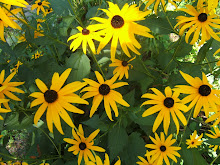Ordering seeds or plants in the dead of winter is always a bit of a risky business. Odds are I will order more than I need - well, just because. This year it is potatoes that I over indulged in. The above picture features 6 different kinds of potatoes: Top left - Chieftain, Top middle (2) Bellanita, Top right-Bintje, Bottom left- Dakota Pearl, Bottom middle - German butterball, Bottom right- Anna Rosa.
All these varieties are organic seed potatoes from Eagle Creek Potatoes in Red Deer, Alberta.
Last year, I forgot that you shouldn't plant store bought potatoes because they are treated with chemicals that stop them from sprouting. I did get some potatoes even at that but not nearly as many as I would have expected.
I was really pleased to find somewhere to buy potatoes where you don't have to buy 2 Kg. per variety. Eagle Creek has great sampler collections of four varieties of four potatoes each (16 total). I bought two collections. The German butterball and the Bellanita were in both collections but I still ended up with 6 different kinds of potatoes to plant. I haven't grown any of these varieties before. Usually I plant Yukon gold and red-skinned Norland.
I planted some of the potatoes in my usual raised planters but I am also trying some in extra reusable grocery bags I had hanging around the house. The bags are a black woven fabric which will breathe.
I am a very slow learner when it comes to vegetable gardening. I knew that people hilled soil up on their potatoes but I always thought it was just to keep any potatoes near the surface from going green from sunlight. That is part of it. But, also, the hilling around the stem triggers the plant to make more roots up the stem in the same way that tomatoes grow roots up their stem. Since potatoes make their tubers along their roots, the more roots the more potatoes.
Potatoes need good soil and I have sprinkled some slow release organic fertilizer over the planting area, too. They like to be adequately watered but not soggy. Full sun is always the best but some shade will still allow for a decent crop.
Watch out for Colorado potato beetles which will quickly strip a plant of all its leaves. The larva are big fat red yucky things that can be plucked by hand and dropped in a bucket of water. I've never had potato beetles right on our property so here's hoping they won't arrive this year.
I realized that if I have too many potatoes for us to eat up in the fall, I can always blanche and freeze them.
Home grown potatoes in February will be lovely.
Happy gardening!








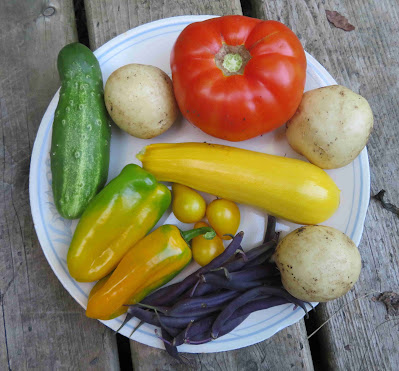


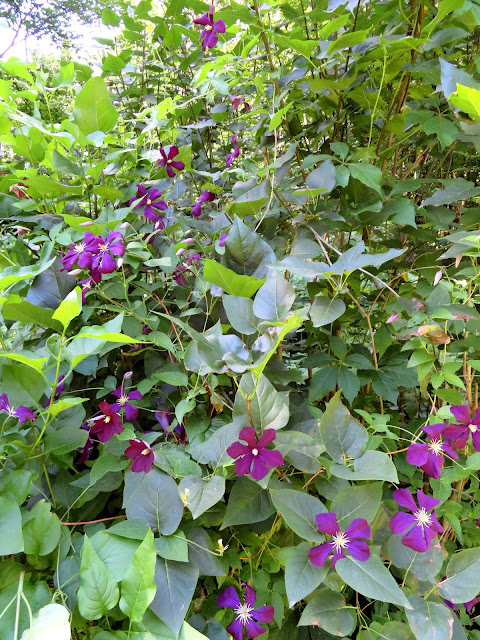



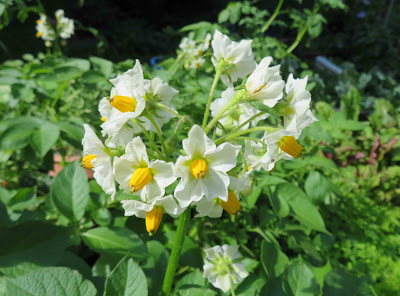
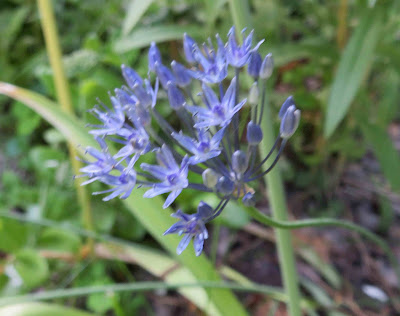

.jpeg)














